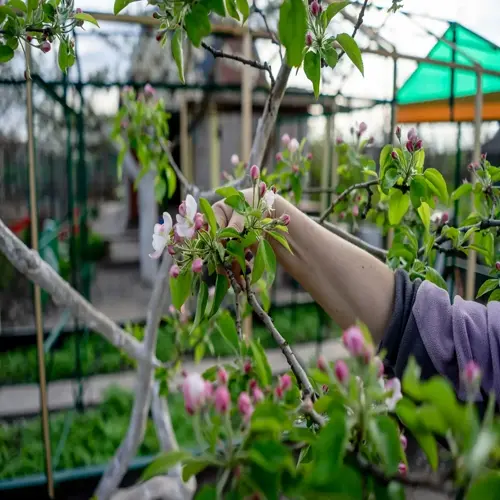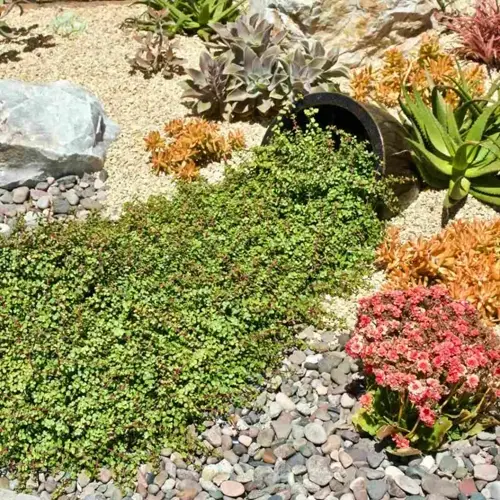Can I use flowers from my garden for cooking?

Written by
Michael Sullivan
Reviewed by
Prof. Samuel Fitzgerald, Ph.D.Cooking with blossoms from your garden requires care and consideration regarding safety and quality. When grown without pesticides, homegrown blooms are definitely fresher and superior to store-bought flowers. Identification of the right flowers, thus avoiding noxious lookalikes, is essential for safety's sake. Picking blossoms at the right time assures the greatest flavor and nutrition. Good techniques are necessary to ensure that cooking can be enjoyed safely.
Chive Blossoms
- Flavor: Mild onion essence
- Use: Savory butters, potato dishes
- Safety: Entirely edible with no toxic parts
Thyme Flowers
- Flavor: Concentrated herbal intensity
- Use: Meat rubs, infused oils
- Safety: Mild pollen safe for consumption
Marigolds
- Flavor: Citrusy tang
- Use: Rice coloring, salad garnish
- Safety: Confirm Tagetes species only
Correct identification of plants is essential before using any part of them. This means careful comparison with reliable botanical reference works that show leaves and habits of growth. Digitalis purpurea closely resembles edible comfrey, but comes under the head of poisons. Conium maculatum is very much like the wild carrots, but it contains deadly alkaloids. If in doubt, consult the state extension service or some authority on foraging.
Harvest your plants at the right time to obtain the best flavor. Pick chive blossoms in mid-morning after the dew has evaporated. Collect marigold petals when they are fully opened but before the heat of midday. Gather thyme flowers when the clusters are completely opened. Use clean scissors to avoid injuring the plants. Place the blooms immediately in breathable containers.
Prepare flowers from the garden safely. Rinse gently under cool running water without crushing the petals. Do not soak delicate varieties, such as pansies, in vinegar. Pat dry with paper towels. Remove the pollen from the lilies and the hibiscus. Test on skin to check for allergies before eating flowers that are new to you.
Ensure conditions are free of pesticides. Avoid all commercial pesticides. Appropriate organic pest control, such as neem oil, can be applied if necessary. The sequence must be free of pesticide residues for at least six weeks before harvesting. Never collect anything that is in proximity to roads or in an industrial area. Always check the soil for contaminants before establishing beds in new gardens.
Read the full article: 20 Edible Flower Varieties for Gourmet Gardens

